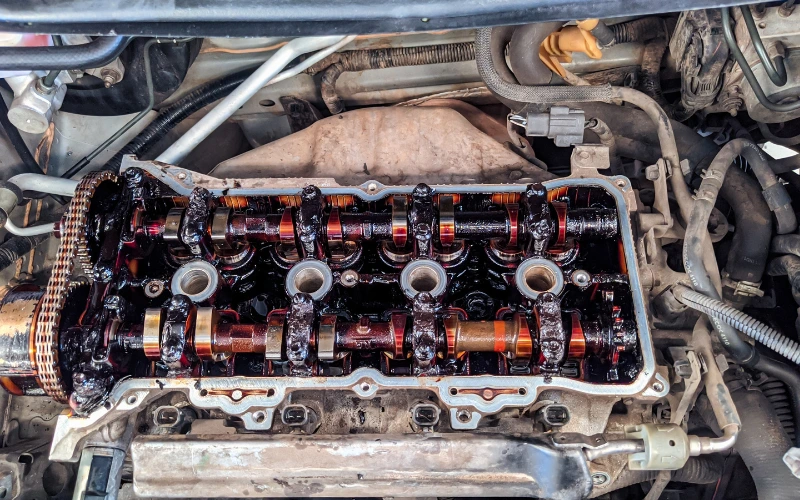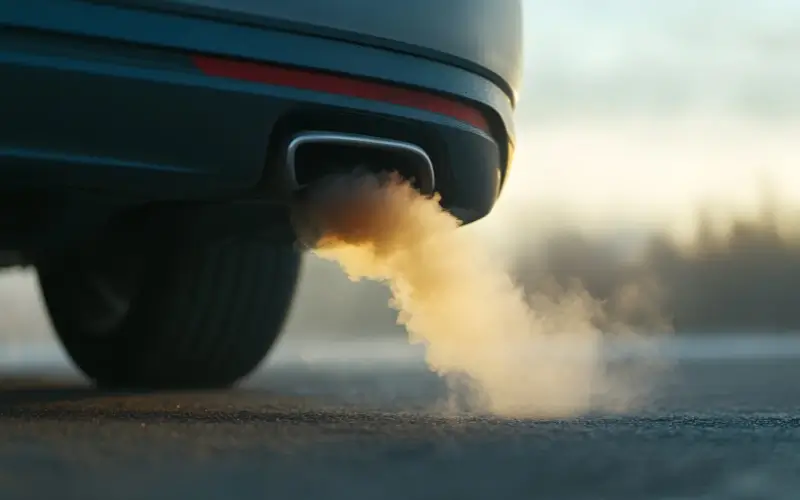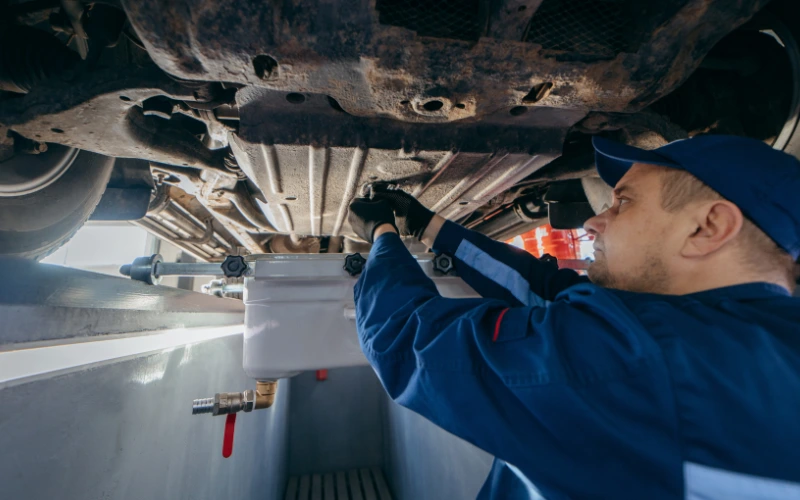What is engine sludge and how can it be removed?
01 May 2025

Engine oil keeps the various components of your engine well lubricated so your engine can run smoothly. However, over time, the engine oil can become contaminated with degraded oil residue and particles from combustion gases, causing a thick sludge that can stick to the moving parts of your engine.
In this article, we’ll explain what engine sludge is, what causes it and how to get rid of it.
What is engine sludge and why is it a problem?
Engine oil sludge is a thick, slimy, tar-like substance that forms when engine oil breaks down and clings to engine components. When engine oil oxidises, it becomes less effective and the once-protective liquid turns into thick, slimy sludge that suggests your engine is under stress.

What problems can engine sludge cause?
Engine oil sludge can be highly corrosive to your engine and rather than lubricating it, it can be abrasive against metal parts. Not only that, but it is extremely thick and slimy so it can clog oil passages and block the flow to different engine parts. This can lead to a variety of problems including:
- Impacting gasket function
- Engine failure
- Increased oil consumption
- Higher fuel consumption
- Oil pressure problems
Left untreated, these issues can escalate quickly and result in costly engine repairs or total failure.
Common signs of engine oil sludge to look out for
Unfortunately, engine oil sludge symptoms don’t always present until there has been a significant build-up of sludge. However, there are some warning signs you can look out for before the sludge leads to engine failure.
-
Ticking or clicking noise from the tappet
It’s normal to hear a ticking noise when your engine is running. But, if you start to hear a tick or click from the upper part of your engine, it’s likely that the oil pump isn’t supplying enough oil to lubricate the tappets.
-
Low oil pressure or warning light
When the flow of oil is restricted, it can cause low oil pressure in your engine. You will probably see a warning light on your dashboard alerting you to any pressure drops. This is your sign to get your vehicle to a garage ASAP.
-
Misfires
Although not a direct impact of engine sludge, misfiring could indicate you’ve got an issue. Misfires are caused by worn spark plugs, however, a build-up of sludge can coat the outer casing of the spark plug and cause the engine to misfire.
-
Exhaust smoke
Oil sludge itself doesn’t cause exhaust smoke, but it causes a number of issues which can lead to exhaust smoke. These include worn piston rings or valve stem seals, blocked oil passages and oil starvation.

What causes sludge in your engine to build up?
Engine sludge builds up over time and isn’t something that happens overnight. It’s usually caused by excessive heat which speeds up the breakdown of the oil but a number of other things can also contribute to engine sludge formation:
- Prolonged vehicle use
- Poor maintenance of your vehicle
- Contaminants like coolants and moisture
- Poor quality oil
- Ignoring service intervals
- Low mileage and stop-start driving
- Long periods of not driving your vehicle
- Clogged PVC system
Why does engine sludge need to be removed?
As we’ve covered already, engine sludge can cause a whole host of problems from oil pressure issues to misfires and increased fuel consumption. However, the most serious issue you’re likely to encounter is a complete engine failure. Not only will it make your vehicle completely unusable, but it will cost thousands to repair if it is fixable. Ideally, you need to deal with engine sludge as soon as you notice the problem to avoid complete failure.
How to remove sludge from your engine
Removing engine sludge should be done by a qualified mechanic, as it involves draining the oil system and cleaning internal engine components safely and thoroughly. This typically involves completely draining the oil system by inserting a catch or drain pan beneath your vehicle’s front suspension. You’ll also need to ensure any residual oil has been removed from the intake manifold gaskets and crankcase ventilation system. Once the system has been completely emptied, you’ll need to add fresh oil and reattach any engine components you removed.

Does an engine flush remove sludge?
Adding engine flush to your engine oil can help to loosen deposits and dissolve sludge. However, engine flush can do more harm than good if:
- You don't use the right engine flush with the correct concentration for your vehicle.
- You don't follow the instructions carefully.
This is because engine flushes can contain harsh chemicals that may damage rubber seals and gaskets, especially if you have an older vehicle. If you’re unsure, speak to a trusted mechanic before using an engine flush, as it may uncover other issues or lead to leaks.
Engine sludge can easily be prevented by driving with care and having regular oil changes with high-quality engine oil. Protect your engine by following your manufacturer's guidelines for recommended oil changes so you can avoid costly damage to your engine caused by sludge problems.
Learn more about our engine oils for cars, motorcycles and commercial vehicles now.

